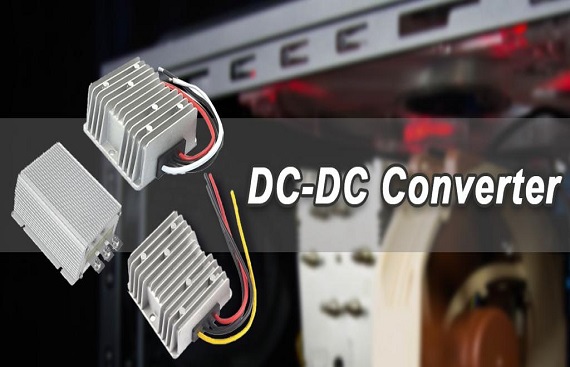An Introduction to Buck Converter: Working Principle, Advantages And Applications

As electronics become more advanced, the need for efficient power management increases. One crucial element of power management is the DC-DC converter, which is a device that converts DC voltage from one level to another. Among the various DC-DC converter topologies, the buck converter is one of the most popular designs due to its high efficiency, simplicity, and versatility.
What is a DC-DC buck converter?
A DC-DC buck converter is a type of converter that steps down the input voltage to a lower output voltage. The name "buck converter" comes from the way the circuit operates, where the output voltage is lower than the input voltage. It is a step-down converter because it decreases the input voltage to a lower output voltage level.
How does a DC-DC buck converter work?
The basic structure of a buck converter comprises four components: an input voltage source, a switching device, an inductor, and a capacitor. When a voltage is applied to the input, the switching device, which can be a MOSFET or a transistor, is turned on and off rapidly to create a pulsing waveform. This waveform is fed into the inductor, which stores and releases energy cyclically.
The inductor is a crucial component in the buck converter because it enables the voltage to be stepped down. The inductor is charged with the current when the switching device is turned on. When the device is turned off, the inductor releases the stored energy into the output circuit, reducing the voltage. The capacitor then smooths out the output voltage by filtering any ripples.
The frequency of the pulsing waveform is controlled by the switching device's on-off cycle, which is typically achieved using a pulse-width modulation (PWM) controller. The PWM controller modulates the waveform's duty cycle, which determines the time the switching device is on or off. The converter can regulate the output voltage level by adjusting the duty cycle.
Advantages of a DC-DC buck converter
One of the main advantages of the DC-DC buck converter is its high efficiency. Since the circuit stores and releases energy, there is minimal energy loss, resulting in higher efficiency than linear regulators. Buck converters are commonly used in battery-powered devices because they can extend battery life by efficiently stepping down the voltage.
Another benefit of the buck converter is its simplicity. It has a minimal number of components, making it cost-effective to manufacture and easy to design. It is also a versatile circuit because it can be used to step down voltage levels for a wide range of applications.
Applications of a DC-DC buck converter
Buck converters are used in a variety of applications that require efficient power management. A few of the applications include:
- Battery-powered devices: Buck converters are commonly used in battery-powered devices such as smartphones, tablets, and laptops, to step down the battery voltage to a lower level.
- LED lighting: LED lights require a lower voltage than the power supply, so buck converters are used to step down the voltage to the required level.
- Automotive electronics: Buck converters are used in automotive electronics to step down the voltage from the battery to the lower voltage required by various components.
- Power supply units: Buck converters are used in power supply units to regulate the output voltage to a specific level.
The DC-DC buck converter is a popular and versatile circuit used in many applications that require efficient power management. It is simple to design and has high efficiency making it an ideal choice for battery-powered devices, LED lighting, automotive electronics, and power supply units. As technology continues to advance, the demand for efficient power management will continue to increase, making the buck converter a vital component in modern electronics.
